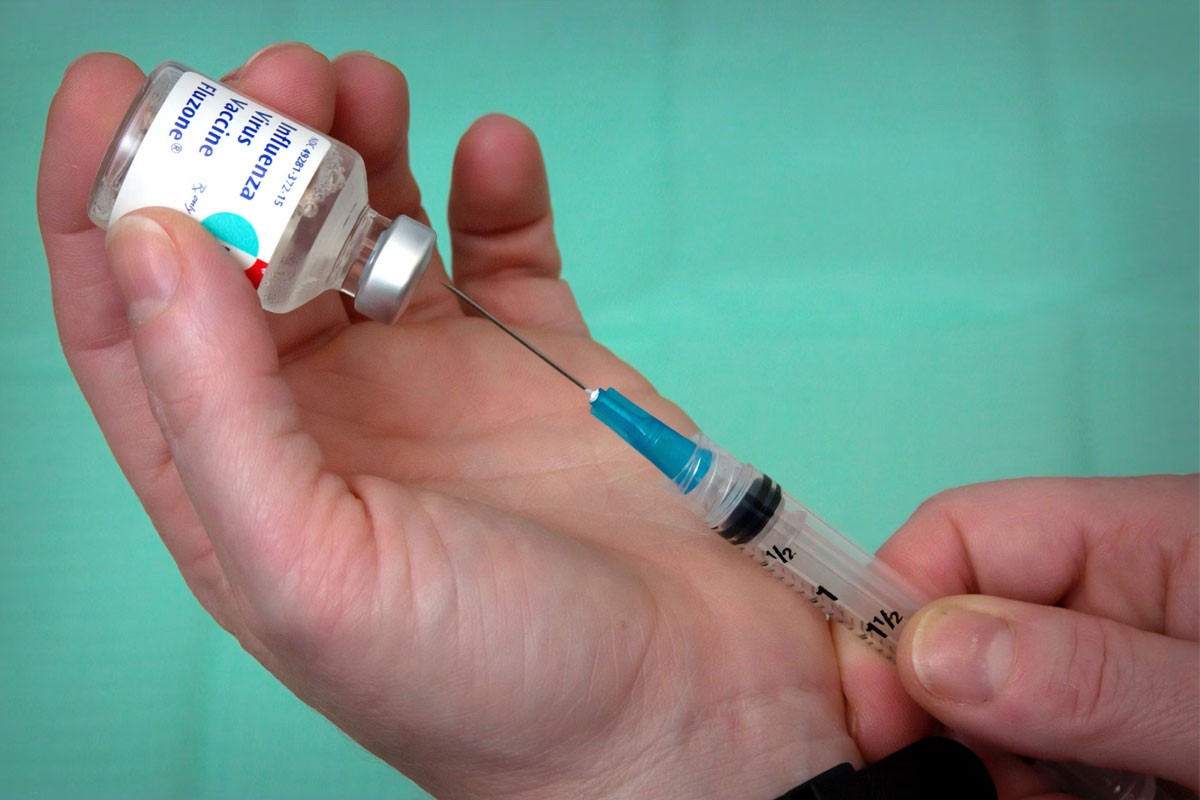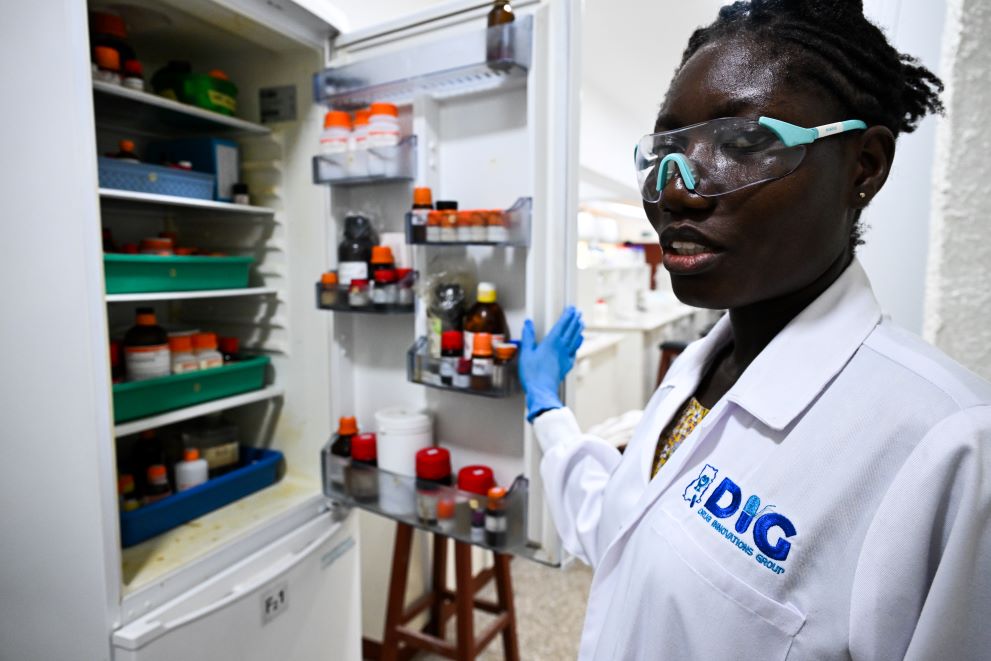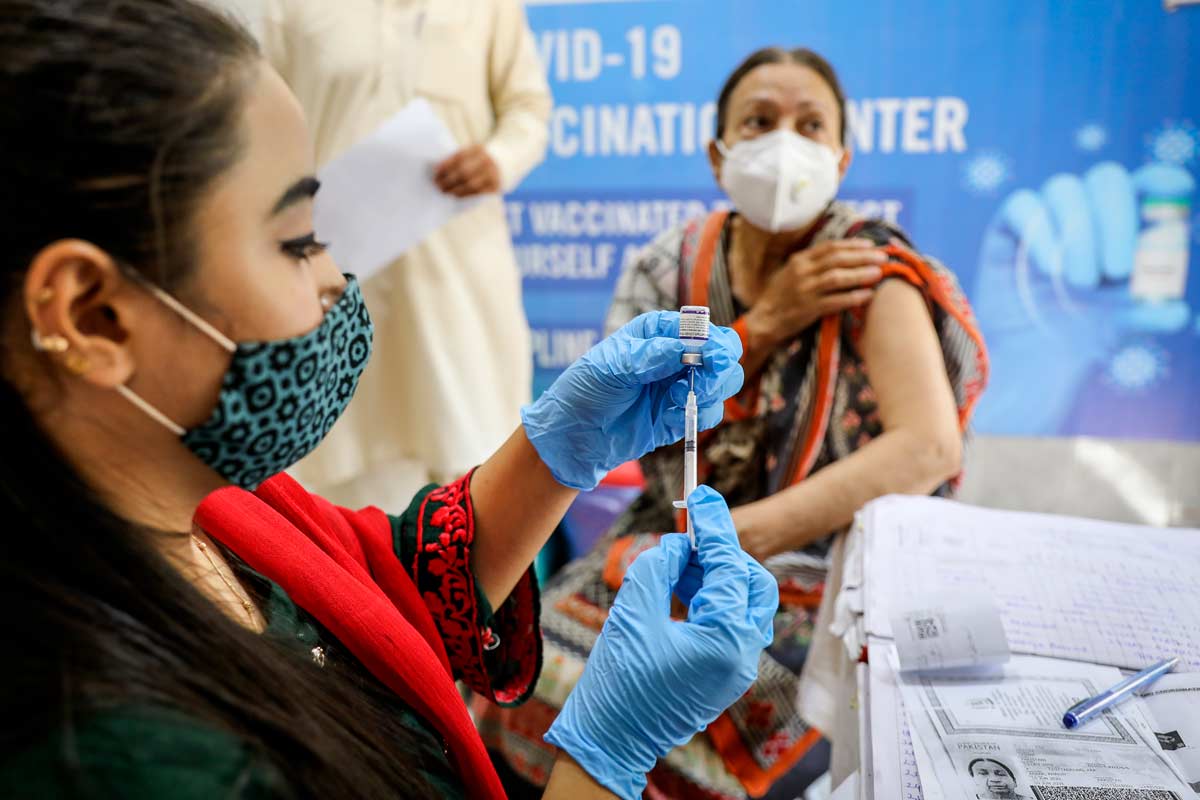How bad is the fresh wave of COVID-19 infections being driven by the BA.4 and BA.5 variants likely to be?
Various countries are experiencing an uptick in COVID-19 cases driven by the highly transmissible BA.4 and BA.5 Omicron sub-variants, so what should we expect in the coming weeks?
- 23 June 2022
- 4 min read
- by Linda Geddes

The Omicron variant of COVID-19 has evolved into several even more transmissible forms that are rapidly gaining ground against BA.2, the previously dominant sub-variant. These new forms of the virus may also more readily infect the lungs, which could theoretically make them more dangerous than earlier forms of Omicron – although there is currently no direct evidence that they cause worse disease.
Bad as this may sound, it doesn’t necessarily mean that a large and deadly wave of COVID-19 infections will follow, although it is likely that there will be an uptick in COVID-19 cases. Those who remain unvaccinated and have not been previously infected are at the greatest risk.
“Altogether, our multiscale investigations suggest that the risk of [L452-bearing Omicron variants], particularly BA.4 and BA.5, to global health is potentially greater than that of original BA.2.”
Dominant variant
Omicron now accounts for roughly 97% of infections globally, with the BA.2 sub-variant accounting for the greatest share (39%). The BA.2.12.1 sub-variant, which was first detected in the US in December 2021, currently accounts for 28% of Omicron infections, BA.5 represents 6%, and BA.4 represents 3%.
However, these latter forms appear to be gaining ground against BA.2. Because of this, the World Health Organization has designated them “Variant of Concern (VOC) lineages under monitoring”.
Advance waves
One reason why scientists are particularly concerned about the increase in BA.4 and BA.5 cases is because they appear to have been the driving force behind recent surges in COVID-19 infections in South Africa and Portugal.
Both variants became dominant in South Africa in May 2022, when there was a parallel increase in COVID-19 case numbers and test positivity rates. In Portugal, BA.5 is currently the dominant SARS-CoV-2 variant (accounting for 87% of infections), and its increase has similarly been accompanied by a surge in COVID-19 cases – although the latest data suggests these may have peaked. The proportion of BA.4 and BA.5 infections is also increasing in many EU/EEA countries, as well as the US.
In its latest epidemiological update, the European Centre for Disease Prevention and Control (ECDC) said: “The growth advantage reported for BA.4 and BA.5 suggest that these variants will become dominant throughout the EU/EEA, probably resulting in an increase in COVID-19 cases in coming weeks.”
It upgraded them from “variants of interest” to “variants of concern” on 12 May 2022.
Have you read?
Altered characteristics
Another thing that’s concerning some scientists is a mutation in the spike protein gene at position LR452, which may make BA.4 and BA.5 (and related variants, including BA.2.12.1) more contagious than earlier Omicron variants, as well as more prone to infecting lung tissue. If confirmed, this would make them more similar to earlier SARS-CoV-2 variants such as Alpha or Delta, which also favoured the lung. The BA.1 and BA.2 variants preferred upper respiratory tract tissue, such as the cells lining the nose.
Preliminary data from Kei Sato and colleagues at the University of Tokyo, suggests that BA.4/5 and BA.2.12.1 replicate more efficiently in human lung cells compared to BA.2, while further experiments in hamsters suggest that BA.4 and BA.5 may cause more severe disease (although there is no evidence that this is the case in humans). They also appear to have a higher reproduction number and may be resistant to immunity triggered by earlier Omicron infection, Sato’s data suggests.
“Altogether, our multiscale investigations suggest that the risk of [L452-bearing Omicron variants], particularly BA.4 and BA.5, to global health is potentially greater than that of original BA.2,” Sato wrote.
The ECDC also believes that the reason BA.4 and BA.5 may be overtaking other variants is probably due to their ability to evade immunity induced by previous infection and/or vaccination, particularly if this has waned somewhat over time. An increased rate of re-infection has been observed in Portugal, it said. “Overall, this raises concerns about more frequent BA.4/BA.5 vaccine breakthrough infections than for BA.1/BA.2, and for Omicron reinfections.”
Vaccine protection
Even so, vaccines are still likely to provide good protection against severe disease and death, including in populations that have also experienced previous waves of infection. Data on the efficacy of boosters against these newer subvariants is still lacking, but if previous experience is anything to go by, they are likely to help reinstate immune protection – at least against hospitalisation and death – in those who were vaccinated some time ago.
“The extent of the increase in COVID-19 cases will depend on various factors, including immune protection against infection influenced by the timing and coverage of COVID-19 vaccination regimes, and the extent, timing and variant landscape of previous SARS-CoV-2 pandemic waves,” the ECDC said. Improving uptake of COVID-19 vaccines in populations who are yet to receive them therefore remains important.
More from Linda Geddes
Recommended for you








